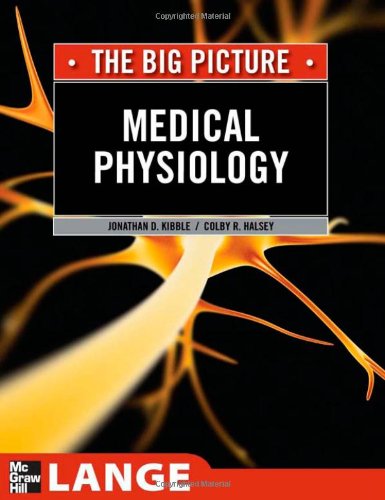- 2 402 202 книги
- Поиск
Soft Matter Physics. An Introduction
Maurice Kleman, Oleg D. LavrentovichThis textbook for graduate students in physics or chemical physics begins with a discussion of chemical bonds, interactions between particles, and the resulting molecular arrangements. The concept of order parameter leads to a discussion of phase transitions, elasticity and dynamics, followed by a review of fractals and growth phenomena. A significant portion of the book deals with defects of topological nature that accompany various types of order. The book concludes with chapters on surface phenomena, stability of colloidal systems, and structural properties of polymers. The detailed exposition, the emphasis on physical principles, and the exercises at the end of each chapter will make this book a valuable introduction for graduate students and researchers to this rapidly growing field.

Проектирование и строительство. Дом, квартира, сад
Автор: Петер Нойферт, Автор: Людвиг Нефф
Система упражнений по развитию способностей человека (Практическое пособие)
Автор: Петров Аркадий Наумович
Сотворение мира (3-х томник)
Автор: Петров Аркадий Наумович
Радиолюбительские схемы на ИС типа 555
Автор: Трейстер Р.
Medical Physiology: The Big Picture
Автор: Jonathan Kibble, Автор: Colby Halsey
Cause Lawyers and Social Movements
Автор: Austin Sarat, Автор: Stuart Scheingold
Bioactive Foods in Promoting Health: Probiotics and Prebiotics
Автор: Ronald Ross Watson, Автор: Victor R. Preedy
Национальный вопрос во внутренней политике царизма (XIX - начало XX вв.).
Автор: В.С. Дякин
Wine Wars: The Curse of the Blue Nun, The Miracle of Two Buck Chuck, and the Revenge of the Terroirists
Автор: Mike Veseth

